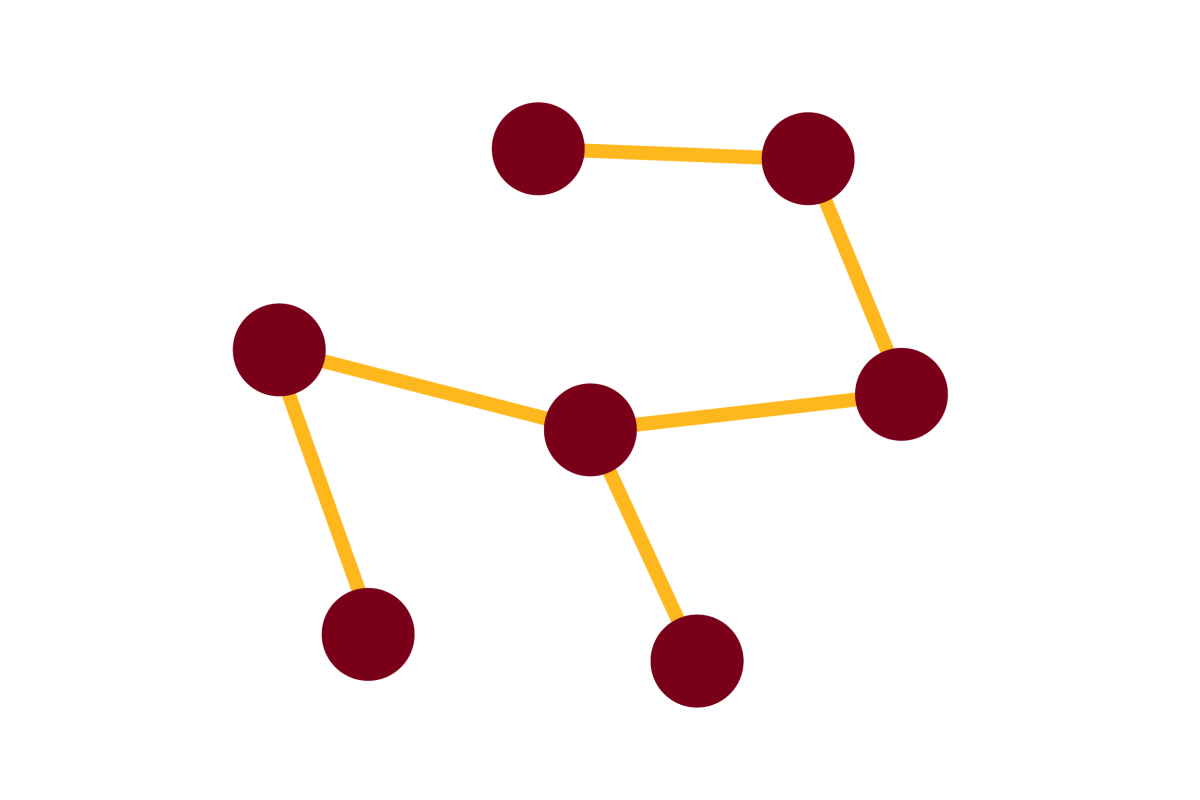Genetic interaction mapping and exon-resolution functional genomics with a hybrid Cas9–Cas12a platform [journal]

Journal
Nature Biotechnology - March 16, 2020
Authors
Thomas Gonatopoulos-Pournatzis, Michael Aregger, Kevin R Brown, Shaghayegh Farhangmehr, Ulrich Braunschweig, Henry N Ward, Kevin CH Ha, Alexander Weiss, Maximilian Billmann (researcher), Tanja Durbic, Chad L Myers (professor), Benjamin J Blencowe, Jason Moffat
Abstract
Systematic mapping of genetic interactions (GIs) and interrogation of the functions of sizable genomic segments in mammalian cells represent important goals of biomedical research. To advance these goals, we present a CRISPR (clustered regularly interspaced short palindromic repeats)-based screening system for combinatorial genetic manipulation that employs coexpression of CRISPR-associated nucleases 9 and 12a (Cas9 and Cas12a) and machine-learning-optimized libraries of hybrid Cas9–Cas12a guide RNAs. This system, named Cas Hybrid for Multiplexed Editing and screening Applications (CHyMErA), outperforms genetic screens using Cas9 or Cas12a editing alone. Application of CHyMErA to the ablation of mammalian paralog gene pairs reveals extensive GIs and uncovers phenotypes normally masked by functional redundancy. Application of CHyMErA in a chemogenetic interaction screen identifies genes that impact cell growth in response to mTOR pathway inhibition. Moreover, by systematically targeting thousands of alternative splicing events, CHyMErA identifies exons underlying human cell line fitness. CHyMErA thus represents an effective screening approach for GI mapping and the functional analysis of sizable genomic regions, such as alternative exons.
Link to full paper
Keywords
computational biology, bioinformatics